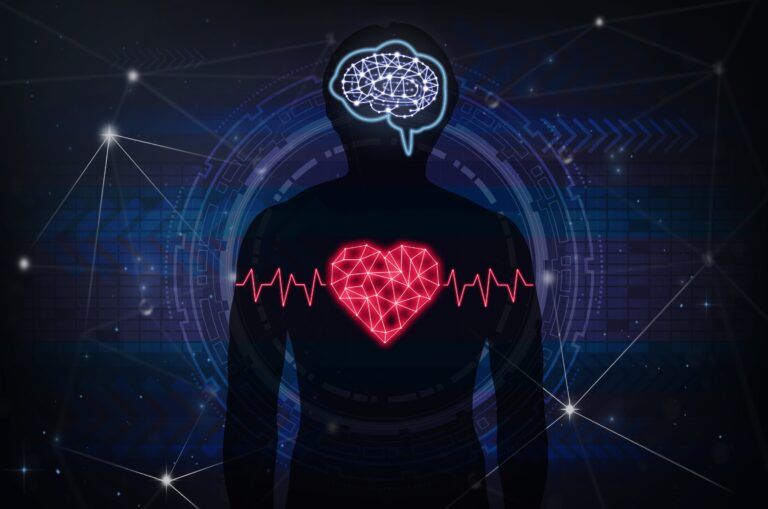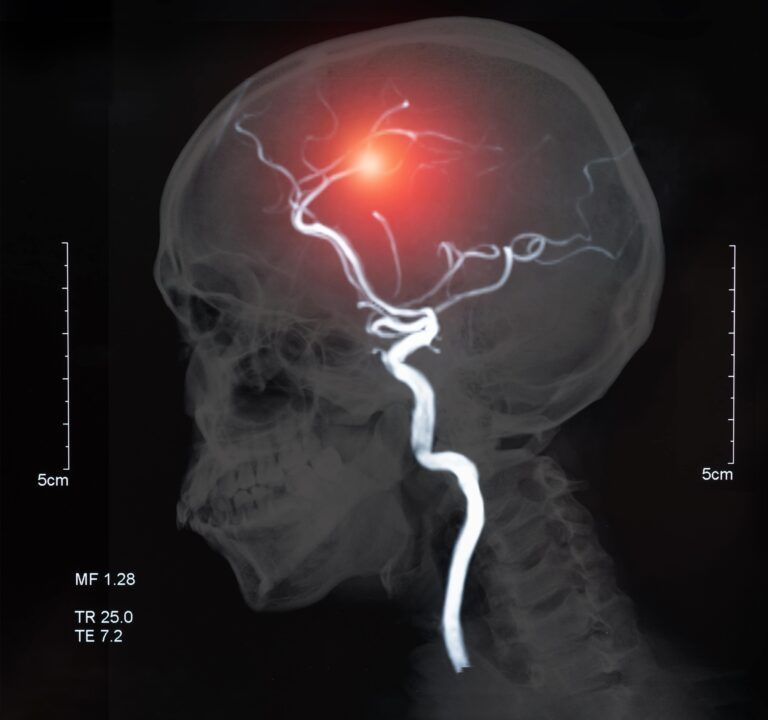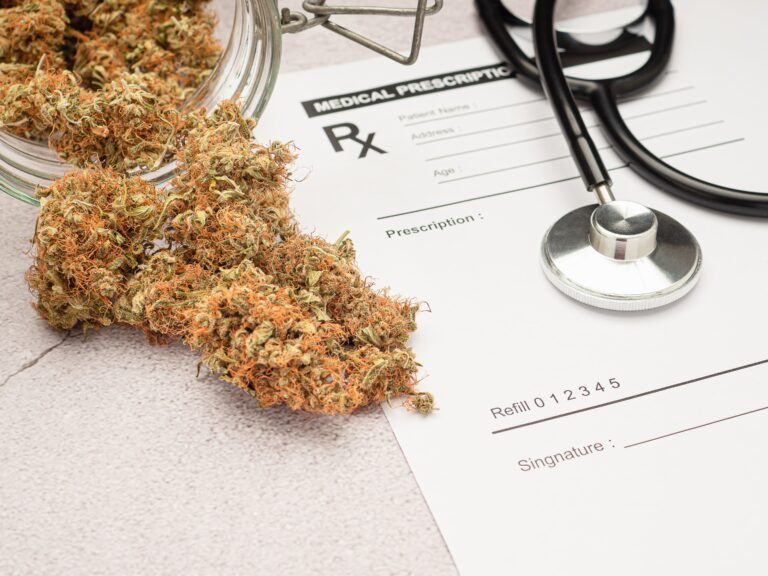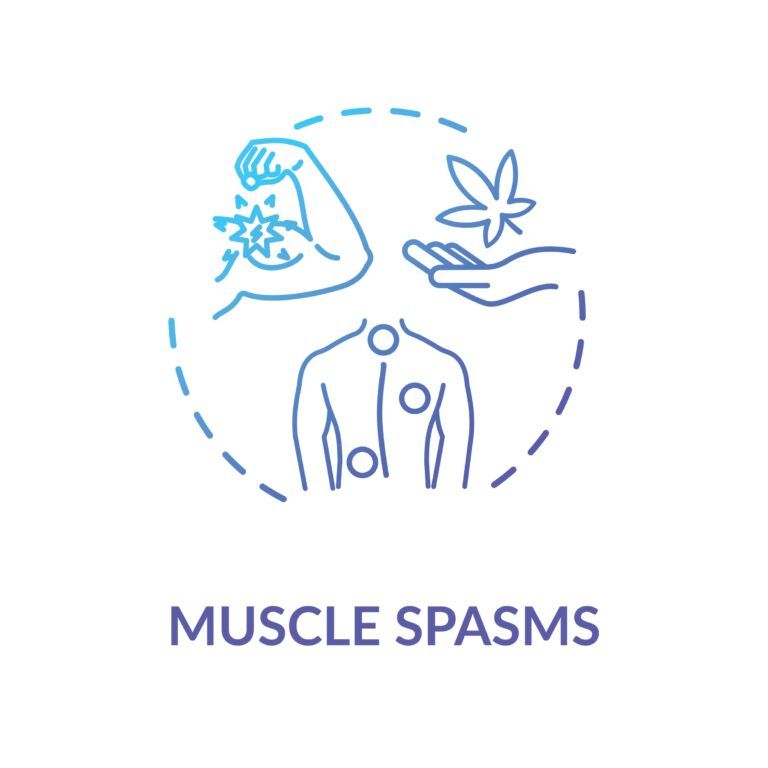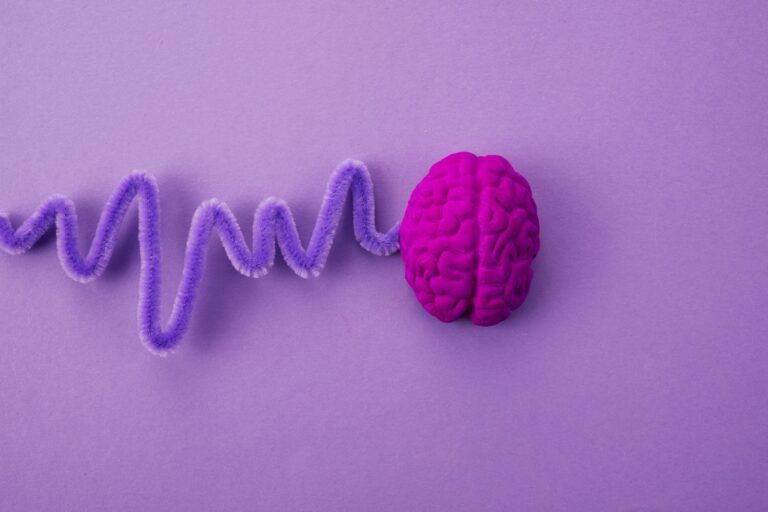
Common Epilepsy Triggers and How to Manage Them
Epilepsy is a complex neurological condition that affects millions worldwide, characterized by the tendency to have recurrent seizures. These seizures are the result of sudden, excessive electrical discharges in a group of brain cells. Different factors, known as triggers, can provoke these discharges, making the management of these triggers a critical aspect of living with epilepsy. In our comprehensive guide, we delve into the intricacies of epilepsy, identify common triggers that individuals with epilepsy may encounter, and provide actionable strategies to manage these triggers effectively. Our goal is to equip those affected by epilepsy with the knowledge and tools they need to navigate their condition more effectively, potentially reducing the frequency and intensity of seizures and improving their overall quality of life.


